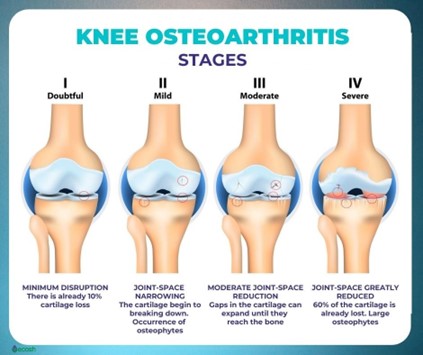A nurse is preparing to insert a nasogastric tube for a client who has a prescription for gastric
decompression. Which of the following supplies should the nurse obtain prior to the procedure?
Oil-based lubricant
Enteric feeding pump
Sterile gloves
pH strips
The Correct Answer is D
a. Oil-based lubricant
Explanation:
The correct answer is a. Oil-based lubricant.
When preparing to insert a nasogastric tube for gastric decompression, the nurse should obtain an oil- based lubricant. Lubricating the nasogastric tube before insertion helps facilitate smooth passage through the nasal passages and into the stomach, reducing discomfort and potential trauma to the client.
Option b, an enteric feeding pump, is not necessary for the insertion of a nasogastric tube for gastric decompression. An enteric feeding pump is used for administering enteral feedings, which is a different procedure and indication
Option c, sterile gloves, may be needed depending on the facility's policy and the specific circumstances of the client. While maintaining aseptic technique is important during the procedure, sterile gloves may not always be required for nasogastric tube insertion. Clean gloves or a clean hand hygiene practice may be sufficient in some cases.
Option d, pH strips, are not typically needed for nasogastric tube insertion for gastric decompression. pH strips are more commonly used to check the acidity or alkalinity of body fluids, such as gastric aspirate, to confirm placement of the nasogastric tube in the stomach.
By obtaining an oil-based lubricant, the nurse ensures the appropriate preparation for the nasogastric tube insertion, promoting the client's comfort and safety during the procedure.
Nursing Test Bank
Naxlex Comprehensive Predictor Exams
Related Questions
Correct Answer is C
Explanation
The statement by the client that indicates an understanding of the teaching is "I plan to take water aerobics classes at the gym near my house." Exercise is an important part of managing osteoarthritis, and water aerobics is a low-impact exercise that can help improve joint mobility and reduce pain.
Option ais incorrect because applying cold compresses may not be the most effective way to manage pain associated with osteoarthritis. Heat therapy is often more effective for this condition.
Option b is incorrect because limiting purine intake in the diet is recommended for clients with gout, not osteoarthritis.
Option d is incorrect because ibuprofen can be an effective pain reliever for clients with osteoarthritis.

Correct Answer is A
Explanation
The nurse should allow the family as much time as they want with the client who has just died. This promotes comfort for the family and allows them to say goodbye to their loved one.
a) Using paper tape to hold the client's eyelids open is not appropriate and can be distressing for the family.
b) Placing the client in a supine position is not necessary and may not be comfortable for the client.
c) Avoiding repeating information about the client's death is not helpful. The nurse should provide clear and honest information to the family and answer any questions they may have.
Whether you are a student looking to ace your exams or a practicing nurse seeking to enhance your expertise , our nursing education contents will empower you with the confidence and competence to make a difference in the lives of patients and become a respected leader in the healthcare field.
Visit Naxlex, invest in your future and unlock endless possibilities with our unparalleled nursing education contents today
Report Wrong Answer on the Current Question
Do you disagree with the answer? If yes, what is your expected answer? Explain.
Kindly be descriptive with the issue you are facing.
